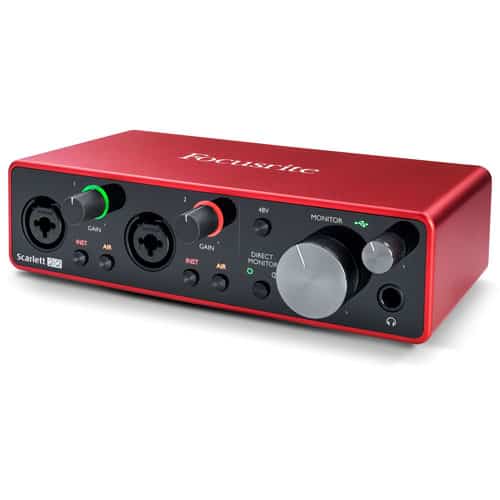


Also available are more hefty audio interfaces which offer studio-quality sound recording and reproduction to any home recording enthusiast.ĭepending on what you are trying to record, your needs may vary from the standard recording setup. Small audio recorders are available at low cost with hours and hours of storage for recording. After 38 years of Moore’s law, digital recording has become cheap and simple. Digital also allowed for near-zero degradation of sound quality once something was recorded.įast-forward to today. Digital had a crisp and clean sound that was rivaled only by the best of tape recording. The first pop music record to be recorded digitally was Ry Cooder’s, Bop till you Drop in 1979. This new format allowed for low-noise, low cost, and long-lasting recordings. Shining bright on the horizon in the late 1970s was digital recording. Additionally, tape would deteriorate over time and fall apart, leaving many original recordings completely unlistenable. Tape was not without its problems though. These side-by-side sounds came to be known as ‘tracks’ and allowed for stereophonic sound reproduction.

Finally, tape offered the ability to record multiple different sounds side-by-side and play them back at the same time. Also at play were some techniques engineers developed to reduce the amount of noise recorded onto tape, allowing the music to be front and center atop a thin floor of noise humming away in the background. Since tape recorded an electrical signal, carefully crafted microphones could be used to capture sounds with impeccable detail and loudspeakers could be used to play back the recorded sound at considerable volumes. Tape was easy to manufacture, came in all different shapes and sizes, and offered a whole universe of flexibility for how sound could be recorded onto it. This proved to be one of the best ways to reproduce sound (and do some other cool and important things too). Humanity had a short stint with recording sound as electromagnetic impulses on magnetic tape.

Without microphones or any kind of amplification, bits of dust and debris which ended up on these phonograph records could completely obscure the original recording behind a wall of noise. If it sounds like the aforementioned techniques were difficult to use and manipulate, it was! Hardly anyone owned a phonograph since they were expensive, recordings were hard to come by, and they really didn’t sound all that great. There was also the all-important phonograph, which recorded sound itself mechanically onto the surface of a wax cylinder. These player pianos were difficult to manufacture (this was prior to the industrial revolution) and not really viable for casual music listening. Early cracks at getting music out of the hands of the musician involved mechanically triggered pianos whose instructions for what to play were imprinted onto long scrolls of paper. For the vast majority of human history, this has been really really difficult. Since the dawn of time, humans have been attempting to record music.


 0 kommentar(er)
0 kommentar(er)
